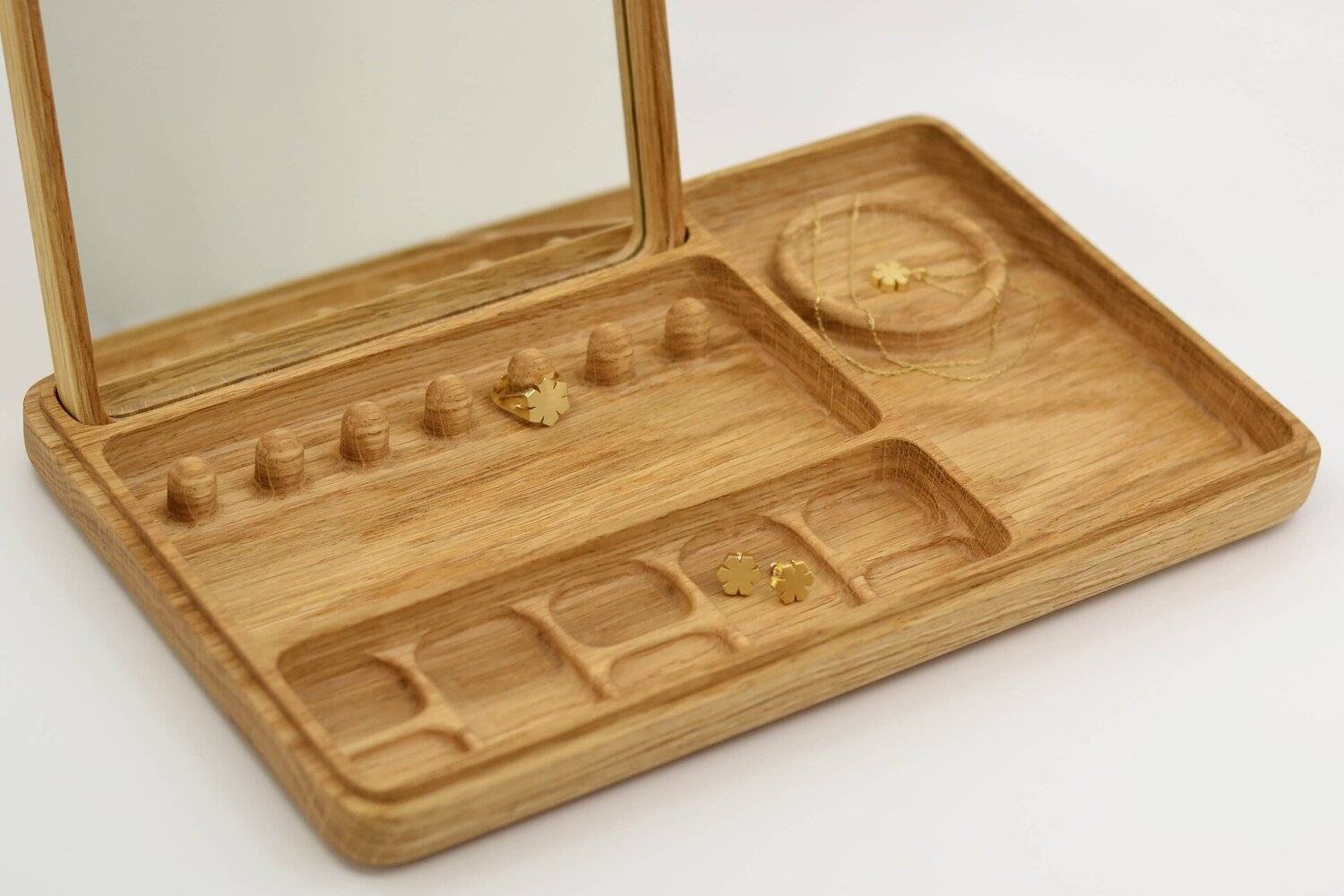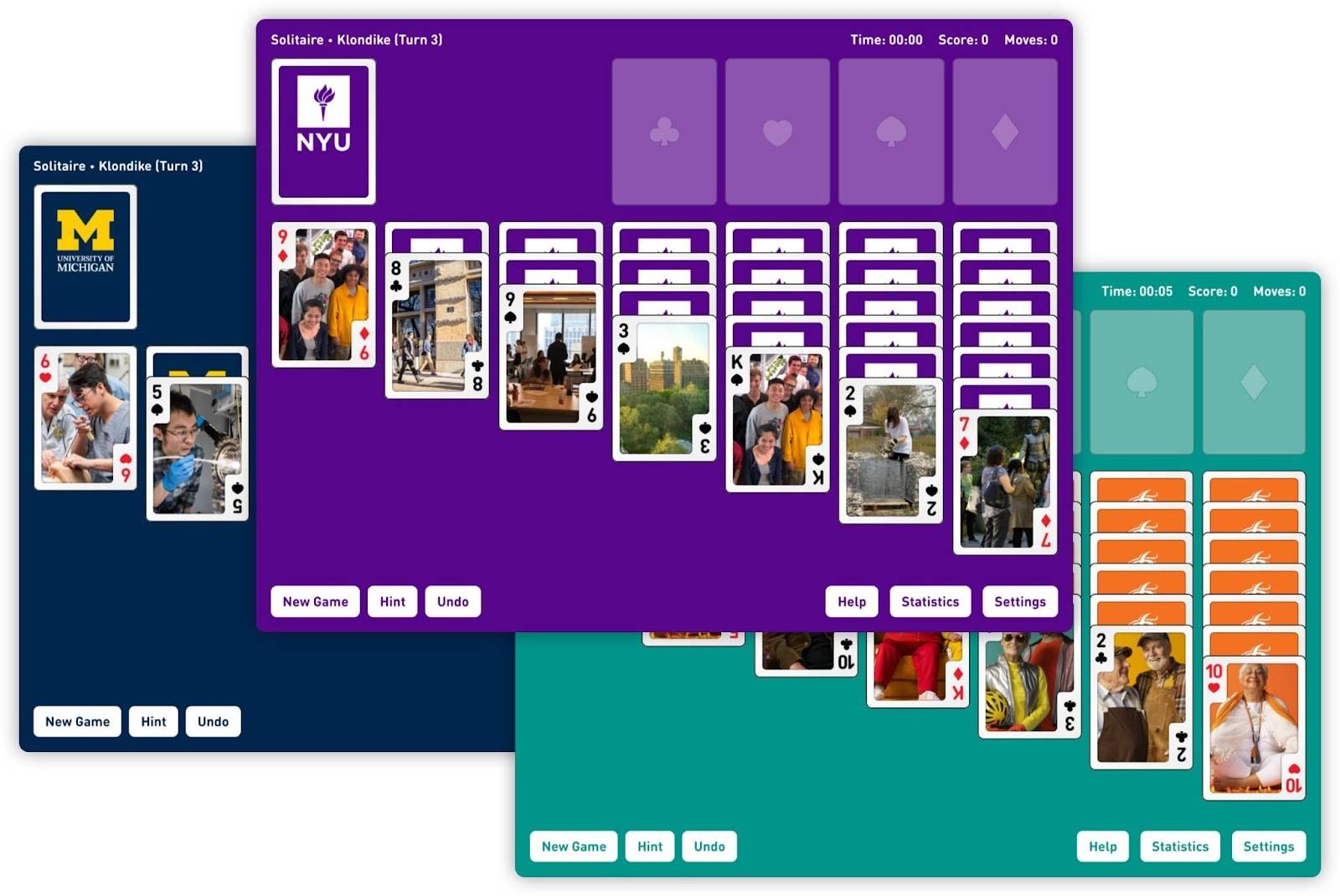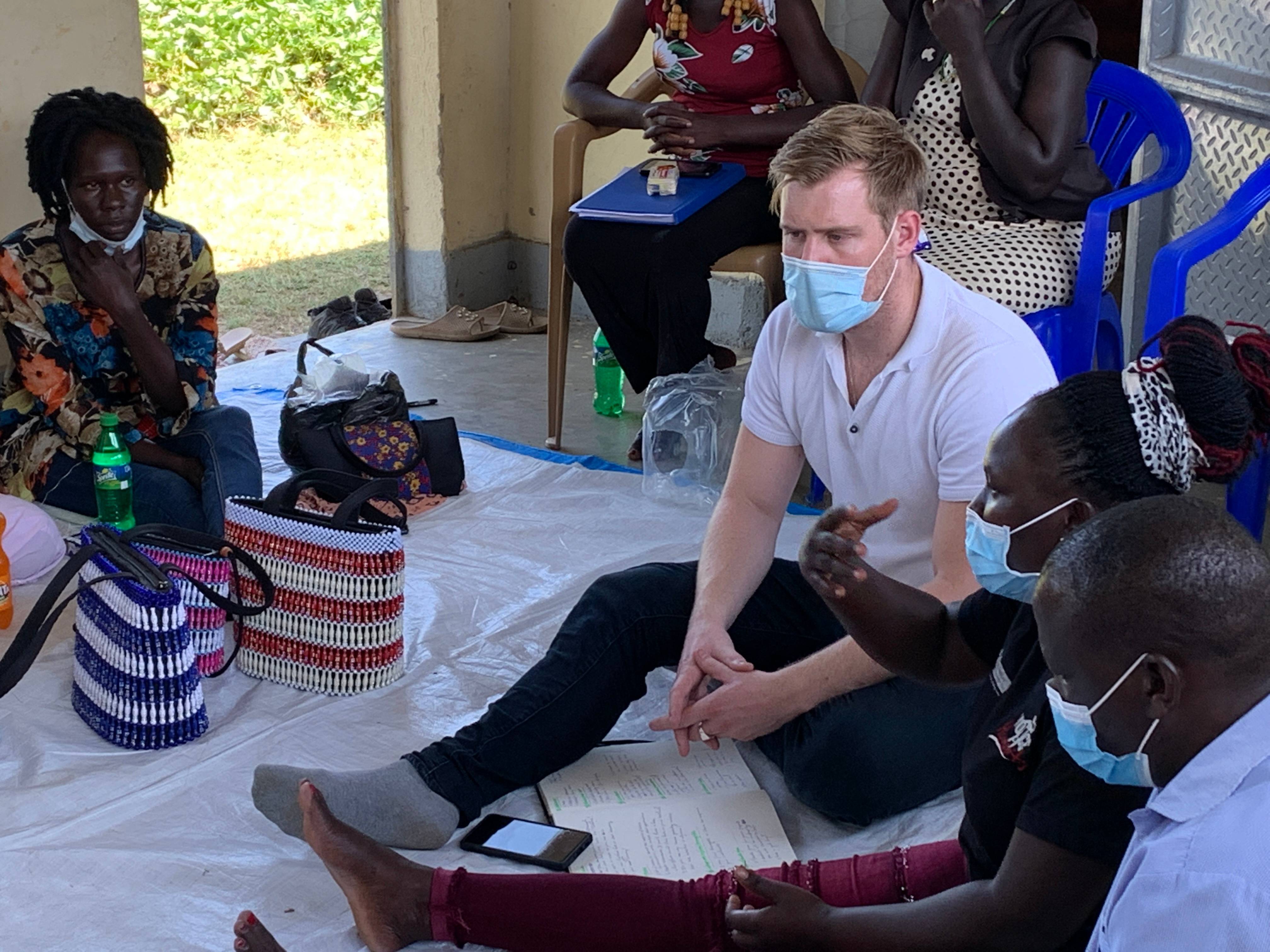As a designer-turned-developer, Holger Sindbæk has tried, tried, and tried again. But it’s his failures that have led him onto the path of success. Here, he outlines his transformational journey from entrepreneur to student and the importance of always having a side hustle.
Holger Sindbæk.
– What’s your current role in the world of work?
I run a solitaire website called Online Solitaire, where more than one million people play more than four million games of Classic Solitaire, FreeCell and Spider Solitaire each month.
I initially created a solitaire app for Mac a couple of years after I finished at Hyper Island, so I’ve had a solitaire app as a side hustle throughout most of my work life. Some years ago, after a stressful period in my life, I programmed a version of solitaire for the web. Since then, I’ve been growing the site in my spare time, and it’s now become my main source of income. I now earn more than $10.000 a month on it and plan on going full time with it soon.
If you’d asked me what I’d be doing ten years from now when I was still studying at Hyper Island, I probably wouldn’t have guessed that I’d be running a Solitaire website, but I would have loved the idea of running my own business.
– Tell us about your transformational journey from designer to developer
My transformational journey began at Hyper Island. I studied Mobile Application Development, and people tended to focus on either the design or development parts of that process. I chose the design part since I didn’t think I’d make a very good developer.
Being entrepreneurial at heart, I always had multiple ideas for projects that I wanted to do, but I seemed to hit the same roadblock every time. I’d conceptualize something, design it, and then I was stuck! Finding a programmer to realize your project is hard enough when you have money, but to try and do it when you don’t is basically impossible. So, I became a programmer out of necessity.
Midway through my studies, I started taking programming more seriously and also managed to create some of the things that I’d previously designed. I still considered myself a designer and also interned as a designer at a startup in San Francisco. Through my internship, I found out that I wanted to get better at programming and applied to Hacker School (now Recourse Center), a kind of educational retreat for programmers based in New York. It was here that I spent the next six improving my programming skills.
Eventually, I founded a startup with an American friend, where I was to be the technical part of that duo. The startup was called Slang, a mobile-based marketplace for sneakers and streetwear. I did all the code for our app, website, API, and everything in between, so I worked as a full-stack developer, which was quite the challenge.
By the time I started Slang, it felt like I’d finished my transformation into becoming a programmer, but to this day, I mostly describe myself as a designer-turned-programmer.
– What challenges have you encountered and how have you dealt with them?
I haven’t taken the most conventional route, which has let me face several challenges and failures. The most challenging part of my career was when my co-founder and I had to throw in the towel on the startup we’d been working on for three years.
We had a lot of initial success and had a lot of active users, but during those three years, a lot of competitors appeared, and we struggled to keep above water. We ended up selling the company for a small amount of money, and then I had to figure out my next move. During my time in the US, I had started missing my home country of Denmark, so my first step was to move back.
I felt really burned out and I couldn’t see myself starting up a career as a programmer in Denmark. Luckily, I had some money saved up, so I took some time off to figure out what I wanted to do. I’d grown a bit weary of making apps and websites, and although I had managed to figure out things at Slang, there were times that I wished I had a technical background.
After a while, I took the somewhat radical decision to start studying again. I applied to the Mechanical Engineering studies at the Technological University of Denmark and started a new life as a student. That’s about three years ago now, and I have about half a year left of my studies.
Throughout my career, I’ve definitely had more failures than successes! I’ve made so many projects that I can’t even remember them all. Once I started getting a bit of success with the solitaire site, I thought I could repeat the process with another game, so I made a jigsaw puzzle site that lets you do puzzles with photos from Unsplash. I spent as much time creating the initial version as I did with the solitaire site, but it’s not nearly as popular.
The latest project I’ve thrown myself into is a jewelry box made from solid oak. At some point, I’d had enough of making things on the computer and wanted to try my hand at making a physical product. So, I bought a CNC cutter, designed the jewelry box and made it myself. I really like the result, and it’s been a great experience making it, although it’s been super challenging. I’ve learned that making a physical product is harder than making a digital one, and scaling a physical product is even harder still.

– How have you made your business grow into a full-time gig?
I’ve always had a solitaire app as a side-hustle, but I never intended for it to turn into my main income. By the time I made the solitaire website, I had run a solitaire Mac app for a few years. It’d made me a decent side income for many years, but revenue had been declining for a while, and I’d kind of given up on it.
I didn’t really think that people made much money from ads on the web anymore, so I hadn’t even bothered to implement ads on my website. Once the revenue from the Mac app started decreasing, I decided to put ads on the website, just for the heck of it. It didn’t make a bunch of money, but it made enough for me to want to put more time into it.
This all happened a year into my mechanical engineering studies, and since then, I’ve put a lot of energy into fixing bugs on the website, improving the gameplay, optimizing the site for SEO and getting the word out about the site. I’ve even made a solitaire generator that will let you create a solitaire game with your own logo and colors that you can embed on your own website.
I now earn more from the site than I’d make from any engineering job that I’d be able to get. So the plan, for now, is to focus on the solitaire site and see how big I can grow it.
– What would you say to Hyper students interested in entrepreneurship?
Just go for it. Being entrepreneurial can be a bumpy road, and you’ll most likely fail a lot before you succeed, so the sooner you start failing, the sooner you’ll succeed.
If I had to do things over, I’d probably go work in the “real world” for a few years as either a programmer or designer. It’s much easier to get better at programming if you’re in the company of programmers than if you’re sitting by yourself. When working in the industry, you’ll also learn how the big guys do things, and you’ll get the chance to get a network and maybe even find a co-founder to start something with.
Whether you want to get started straight away, or if you want to go work for a few years, I’d recommend you to have projects on the side so you can start your journey while you still have the safety net of a job. Join a community like Indie Hackers to start learning from a bunch of like-minded people.



